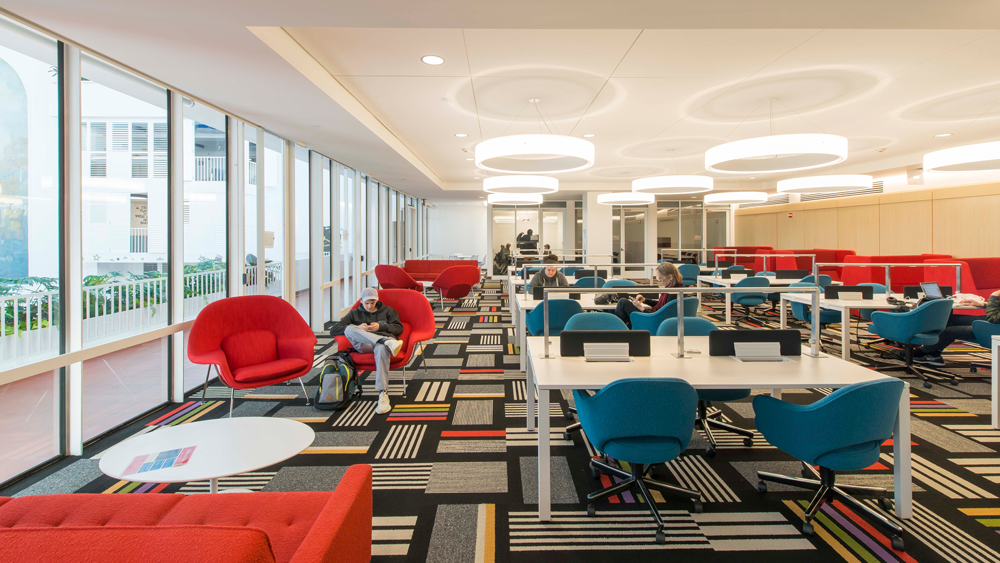In today’s world, where sustainability and energy efficiency are becoming increasingly important, passive house design best practices have emerged as a leading approach to building environmentally friendly and energy-efficient homes. This article will explore the essential aspects of passive house design that homeowners and real estate developers need to consider. By understanding and implementing these practices, you can significantly reduce your carbon footprint and contribute to a more sustainable future.
One of the main features of passive house design is its ability to maintain a comfortable indoor climate without relying heavily on active heating and cooling systems. This is achieved through a combination of high-quality insulation, airtight construction, and strategic orientation. By focusing on these elements, passive house design not only reduces energy consumption but also enhances the overall comfort and health of its occupants.

The Importance of Passive House Design
Passive house design is not just a trend; it is a necessity for a sustainable future. With the increasing demand for energy and the environmental impact of traditional building methods, it is crucial to adopt practices that minimize energy use and reduce greenhouse gas emissions. Passive house design achieves this by emphasizing energy efficiency and sustainability from the ground up.
Key Principles of Passive House Design
- Thermal Insulation: Proper insulation is a cornerstone of passive house design. It minimizes heat loss during winter and keeps the house cool in the summer. High-quality insulation materials are essential for achieving the desired energy performance.
- Airtight Construction: Airtightness prevents unwanted air leaks, ensuring that the indoor climate remains stable. This reduces the need for heating and cooling, ultimately saving energy.
- Ventilation Systems: A well-designed ventilation system with heat recovery is crucial for maintaining indoor air quality while minimizing energy loss. It provides fresh air and removes stale air without compromising energy efficiency.
- Solar Orientation: The orientation of the house plays a significant role in passive design. By maximizing natural sunlight during the winter and minimizing heat gain in the summer, homeowners can reduce reliance on artificial heating and cooling systems.
Benefits of Passive House Design
The benefits of passive house design extend beyond energy efficiency. These homes offer improved indoor air quality, enhanced comfort, and significant cost savings on utility bills. Additionally, passive houses contribute to reducing the overall environmental impact of residential buildings, making them a responsible choice for environmentally conscious individuals and developers.
Cost-Effectiveness of Passive House Design
While the initial investment in passive house design may be higher than traditional construction, the long-term savings on energy bills make it a cost-effective choice. Moreover, with the growing interest in sustainable living, passive houses often have higher resale values, making them a smart investment for the future.
Challenges in Implementing Passive House Design
Despite its numerous benefits, implementing passive house design can present challenges. These include higher upfront costs, the need for specialized knowledge and skills, and potential difficulties in retrofitting existing buildings. However, with the right planning and expertise, these challenges can be overcome.
Addressing Common Challenges
To address these challenges, it is essential to work with experienced architects and builders who understand passive house principles. Additionally, exploring available incentives and government programs can help offset some of the initial costs, making passive house design more accessible.
Case Studies: Successful Passive House Projects
There are numerous examples of successful passive house projects around the world. From single-family homes to multi-unit developments, these projects showcase the versatility and effectiveness of passive house design in various climates and contexts.
Learning from Real-Life Examples
By studying successful case studies, homeowners and developers can gain valuable insights into the practical application of passive house principles. These examples demonstrate that with careful planning and execution, passive house design can be achieved in a wide range of settings.
Future of Passive House Design
The future of passive house design looks promising. As awareness of the environmental impact of traditional construction grows, more people are turning to passive house principles to create sustainable and energy-efficient homes. With advancements in technology and materials, the possibilities for passive house design continue to expand.
Embracing Innovation
Innovations in building materials and construction techniques are helping to overcome some of the challenges associated with passive house design. As these technologies become more widely available, the accessibility and affordability of passive houses are expected to improve.
Conclusion
In conclusion, passive house design best practices offer a sustainable and energy-efficient solution for modern living. By embracing these principles, homeowners and developers can contribute to a more sustainable future while enjoying the numerous benefits that passive houses provide. For more information on sustainable building practices, visit sustainable building best practices.
Additional Resources
For those interested in learning more about passive house design, the U.S. Green Building Council offers a wealth of resources and information on sustainable building practices.

FAQ
What is a passive house?
A passive house is a building designed to use minimal energy for heating and cooling while maintaining a comfortable indoor environment. This is achieved through high-quality insulation, airtight construction, and strategic orientation.
Why is passive house design important?
Passive house design is important because it significantly reduces energy consumption and greenhouse gas emissions. It also offers improved indoor air quality, enhanced comfort, and cost savings on utility bills.
Can existing homes be retrofitted to passive house standards?
Yes, existing homes can be retrofitted to meet passive house standards. However, it requires careful planning and expertise to address the unique challenges of each building. Working with experienced professionals is crucial for successful retrofitting.
This article contains affiliate links. We may earn a commission at no extra cost to you.



